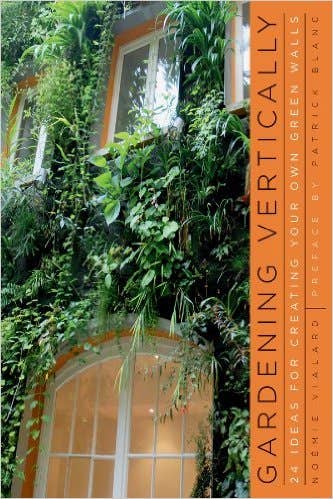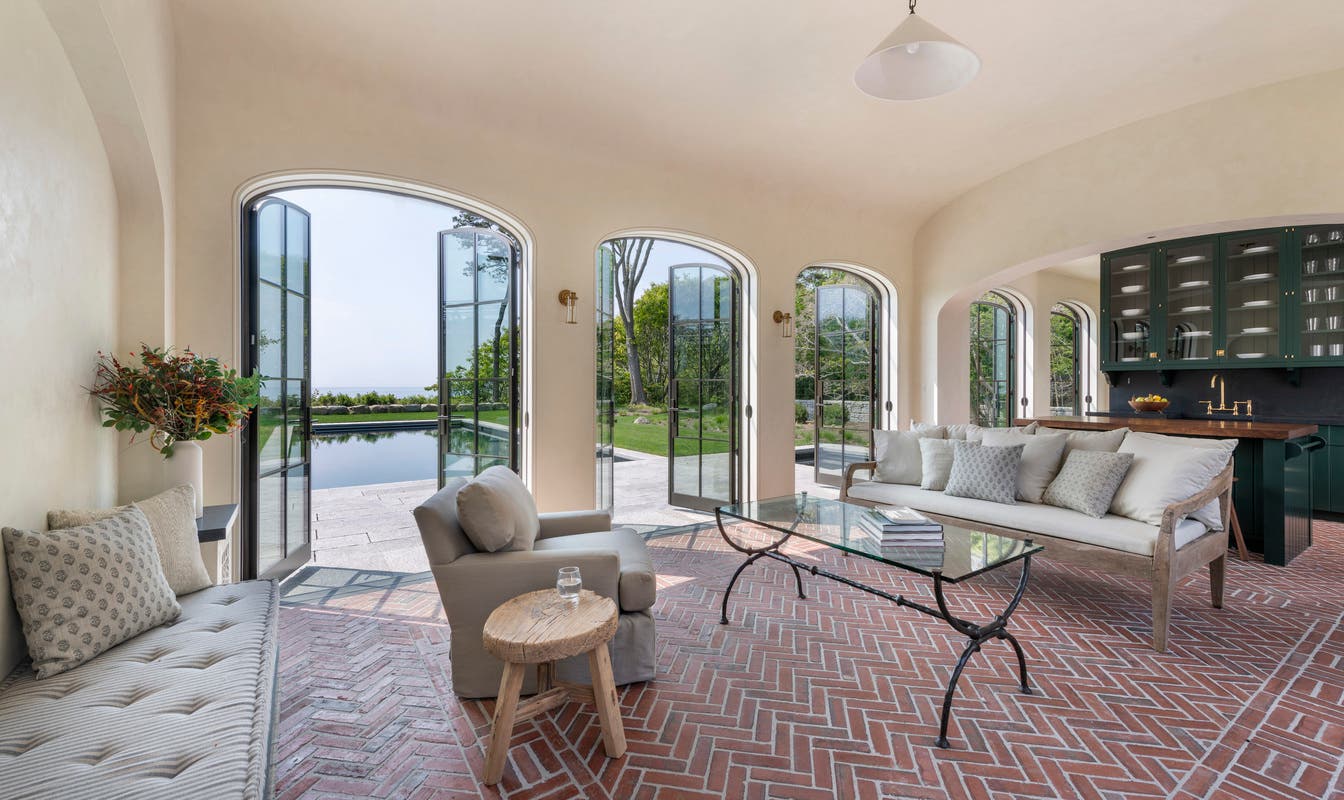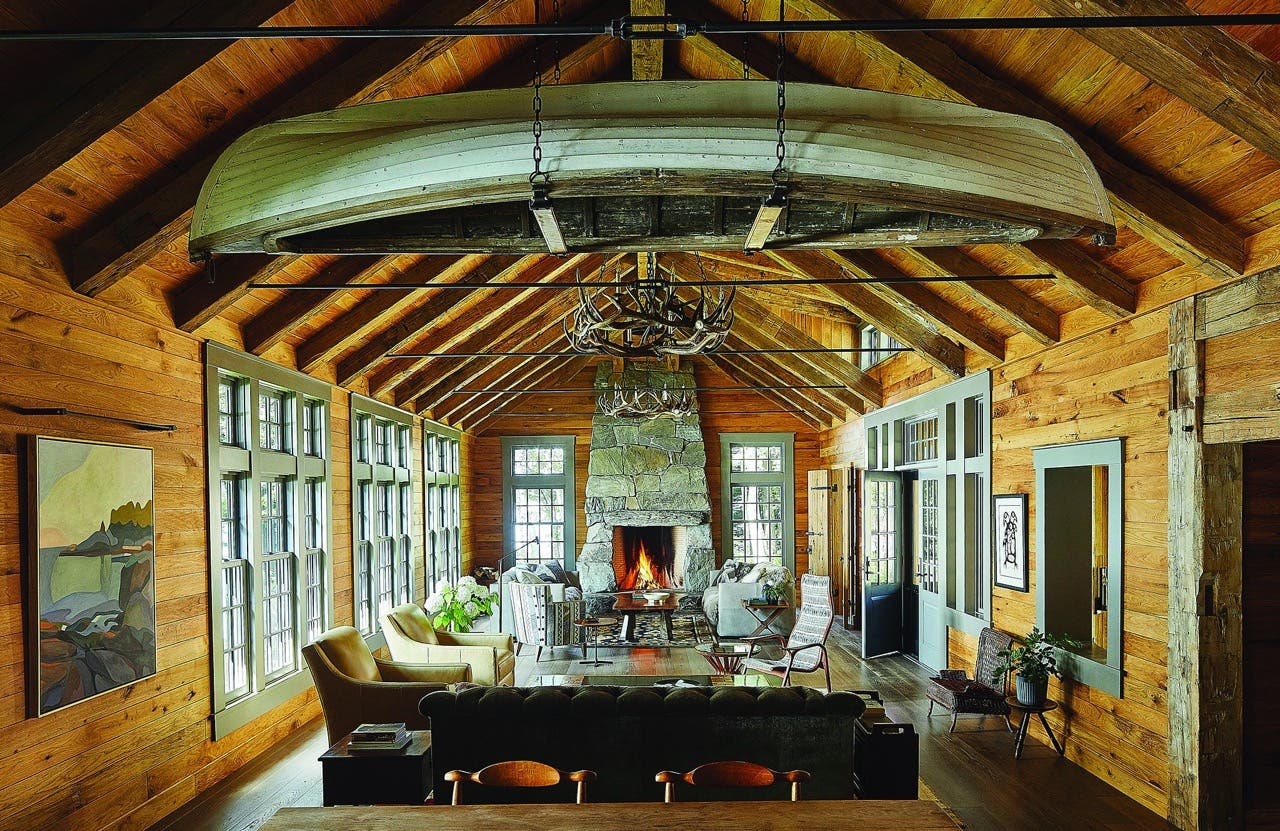
Features
Creating A Vertical Garden
As an Amazon Associate, we earn from qualifying purchases made through affiliate links.
Gardening Vertically: 24 Ideas for Creating Your Own Garden Walls
by Noémie Vialard; foreword by Patrick Blanc
W.W. Norton & Company, New York, NY; 2012
144pp; Paperback; color images
ISBN: 978-0-393-73370-9
As any green-fingered historian knows, the concept of gardening upwards is hardly new. From the Hanging Gardens of Babylon to climbing ivies and modest apartment window boxes, beautiful and functional gardens need not require a rake or a lawn mower. What they do require, however, is inspiration and know how.
In her recently-translated how-to, Gardening Vertically, Noémie Vialard presents 24 ideas for creating a vertical garden – or mur végétal – a concept that has been significantly developed over the past three decades by landscape designer and author of the book’s preface, Patrick Blanc. Vialard created and maintained a specialty nursery of climbing plants, rosebushes and shrubs in the suburbs of Paris for 15 years, and first caught the vertical gardening bug when Blanc designed for her a small green wall of edible plants. “My wall is now three years old,” she writes. “I am very proud to show it to my visitors… they can even taste it!”
Each vertical garden composition is presented with illustrations by Dominique Klecka, simple instructions and colorful photography of the desired results. Among the themes are foliage walls, a mosquito repellant wall, aromatic herb walls, perfumed walls, mosses, ferns, a checkerboard wall (yes, in black and white), succulents, a circle of thyme, a winter jasmine screen, vegetable walls and more. Vialard encourages readers to adapt her techniques for terraces, gardens, balconies and beyond, and to begin to see walls as canvases rather than barriers.
Gardening Vertically’s introduction traces the evolution of vertical gardening from a classic means of concealment to a celebrated feature of many contemporary buildings around the world. The oldest of Blanc’s green walls was developed indoors, and survived transportation by moving van from his apartment in Paris to his house in Créteil, where it continues to thrive.
While the classic method for gardening vertically is still to train plants upwards from the ground, Gardening Vertically suggests many alternatives for the ambitious and/or impatient. There are various options for affixing planters and flowerpots to walls, among them using shelving to create a wall of terra-cotta pots – perfect for growing succulents. Alternatively, a growing number of companies install ready-made green wall systems, smaller versions of which are available for self-installation from garden centers.
As Blanc’s early work drew interest from his friends first, the contemporary art world second and the horticultural world last, Vailard’s prose is light on intimidating gardening lingo, and presents vertical gardening as a form of self-expression, akin to painting with plants.
There is, however, a technical side to creating successful and safe vertical gardens, and these key principles are explained clearly and in-depth, with consistent warning against taking shortcuts. Vialard is open about her own early mistakes, and stresses that perfecting a system for a particular region will require some trial and error. “I had to fumble around at the beginning before I found the right rhythm,” she writes. “Next year, the plants will be well established, and perhaps I will only need to water them four or five times a day. Wait and see…”







